Retro Replay Review
Gameplay
Theatre of Pain delivers a straightforward yet surprisingly deep fighting system built around a classic six-button layout. Players can choose between weak, medium, and strong punches, slashes, and kicks, allowing for a variety of combos and strategies. While the control scheme may feel familiar to devotees of Mortal Kombat or Street Fighter II, Theatre of Pain adds its own twist through Roman-themed special moves—such as trident throws or shield bashes—that differentiate each character.
(HEY YOU!! We hope you enjoy! We try not to run ads. So basically, this is a very expensive hobby running this site. Please consider joining us for updates, forums, and more. Network w/ us to make some cash or friends while retro gaming, and you can win some free retro games for posting. Okay, carry on 👍)
Single-player mode pits you against a gauntlet of opponents drawn from Roman history and mythology, from legionnaire gladiators to winged harpies. The AI ramps up quickly, making early fights feel accessible but late-stage matches demanding precision and timing. Two-player mode shines brightest, offering local head-to-head battles that encourage experimentation with each fighter’s unique move set and weapon-based attacks.
Combining fast-paced action with strategic depth, Theatre of Pain strikes a balance between button-mashing thrills and tactical play. Executing chain combos requires careful input timing, especially when linking heavy attacks into special moves. Defensive options—such as blocks, parries, and throws—add another layer of complexity, rewarding players who learn matchup dynamics and reaction-based counters.
Graphics
Mirage Entertainment’s use of high-resolution SVGA rendering elevates Theatre of Pain’s visual presentation above many contemporaries. Character sprites are detailed and fleshed out, with armor plates, flowing togas, and mythological flourishes rendered crisply against richly textured backgrounds. The arenas—ranging from marble amphitheaters to volcanic pits—feel immersive, capturing both the grandeur and brutality of ancient Rome.
Animation quality varies across the roster. Some characters exhibit fluid, lifelike motion when striking and recoiling, while others suffer from occasional jerkiness or stiff transitions. Backgrounds are often beautifully painted, though animation is limited to subtle environmental effects—flickering torches or drifting ash—to preserve performance on mid-range hardware of the era.
Comparisons to Mirage’s earlier Rise of the Robots are inevitable, but Theatre of Pain demonstrates clear graphical progress. Whereas Rise’s backgrounds were static and often sparse, Theatre of Pain layers multiple parallax planes and dynamic lighting. Color palettes remain restrained—favoring earthy tones and muted reds—but this choice reinforces the game’s gritty Roman atmosphere.
Story
Unlike narrative-heavy fighters, Theatre of Pain adopts a minimalist approach to storytelling. Each character is introduced with a short biography referencing their Roman or mythological roots: a disgraced centurion seeking redemption, a vengeance-driven Vestal Virgin, or a feral minotaur bound to gladiatorial combat. While these backstories inform character motivation, the plot takes a backseat to the action.
Between battles, brief text screens or static art panels sketch out the overarching conflict: a clandestine tournament orchestrated by a corrupt senator aiming to control the republic through fear and spectacle. The game’s framing device feels serviceable, though it could have benefitted from animated cutscenes or more extensive dialogue to deepen player engagement with the drama.
For many players, the true allure lies in the characters themselves. Mythological influences pepper the roster: Harpies wield razor-sharp feathered fans, chimeric beasts unleash fire-breathing charges, and gods linger in the background as shadowy patrons. This thematic cohesion creates a unified world that compensates for the game’s sparse narrative exposition.
Overall Experience
Theatre of Pain stands out as an ambitious fusion of historical and mythological aesthetics with tried-and-true fighting mechanics. Its strengths lie in evocative art direction, competitive two-player action, and a control scheme that rewards mastery. Fans of classic arcade fighters will appreciate the game’s emphasis on precise inputs and varied character arsenals.
However, the title isn’t without flaws. Animation inconsistencies, occasional frame rate dips, and the absence of voice-overs or dynamic storytelling hold it back from reaching the upper echelons of its genre. Newcomers may find the learning curve steep, and those seeking rich single-player campaigns might feel underwhelmed by the minimal narrative framework.
Ultimately, Theatre of Pain offers a unique flavor in the crowded mid-’90s fighting game market. Its Roman and mythic themes provide a memorable twist on familiar gameplay tropes, making it a worthwhile pick for players intrigued by ancient history or mythology. If you’re looking for a visually striking head-to-head brawler that prioritizes raw combat flair over cinematic storytelling, Theatre of Pain deserves a spot in your collection.
 Retro Replay Retro Replay gaming reviews, news, emulation, geek stuff and more!
Retro Replay Retro Replay gaming reviews, news, emulation, geek stuff and more!
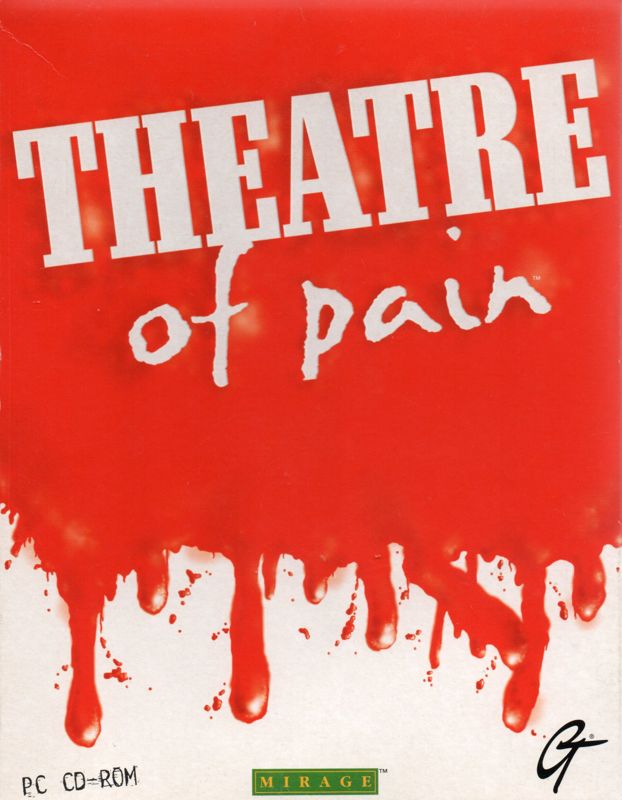
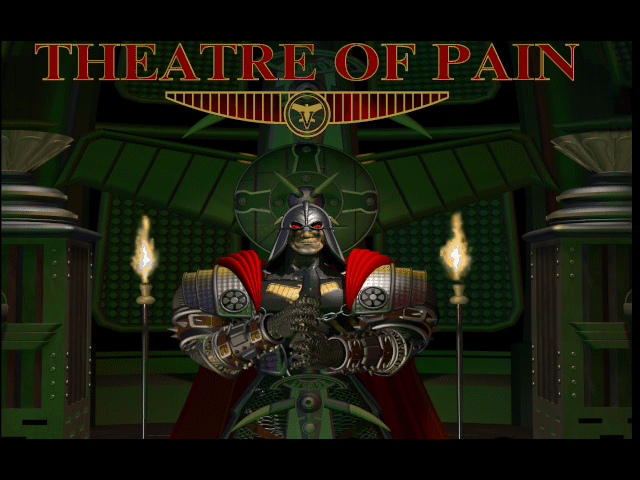
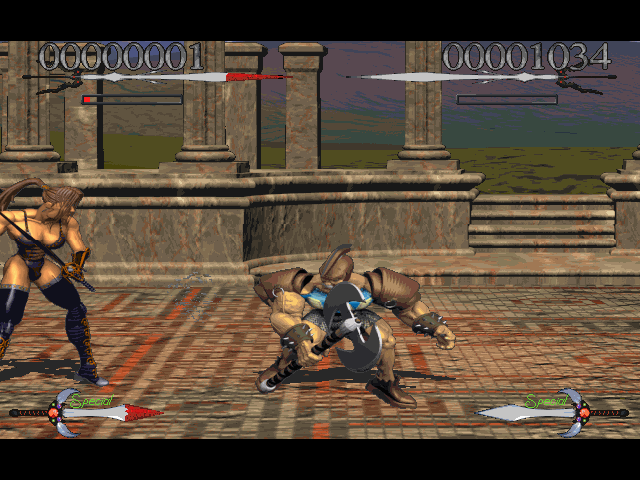
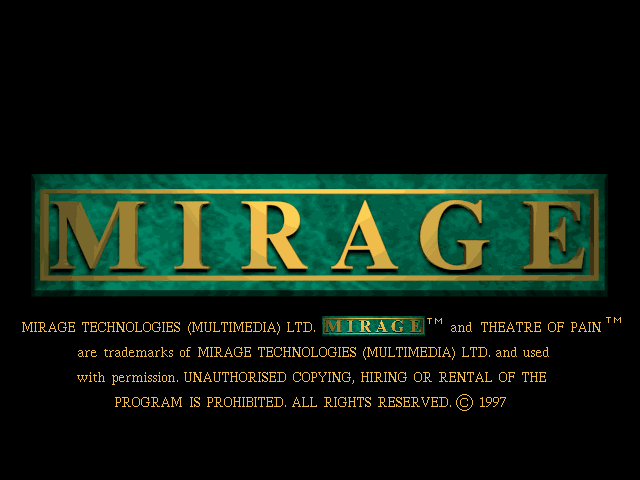
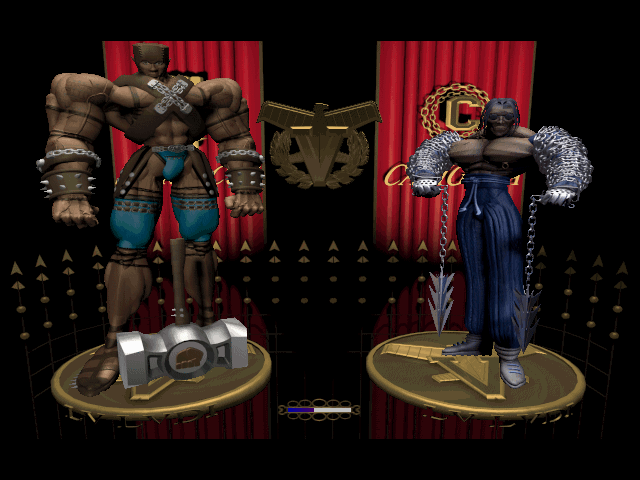



Reviews
There are no reviews yet.